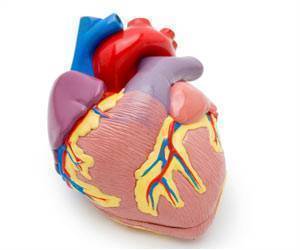Using artificial neural networks and analysing mineral content, chemists from the University of Seville (US) have successfully distinguished between different kinds of tea leaves.

"This method makes it possible to clearly differentiate between the five types of tea - something that is often not easy to do by eye alone - by using analysis of the leaves' mineral content and then mathematically processing these data," said Jose Marcos Jurado, co-author of the study and a researcher at the US.
The technique makes it possible to distinguish between the five main tea varieties (white, green, black, Oolong and red) using chemometrics- a branch of chemistry that uses mathematics to extract useful information from data obtained in the laboratory.
The researchers first determined the concentrations of the chemical elements in the leaves by using 'inductively-coupled plasma atomic emission spectroscopy', which showed the most abundant elements to be calcium, magnesium, potassium, aluminium, phosphorus and sulphur.
Other essential elements were also identified in the tea, such as copper, manganese, iron and zinc, according to the study.
Once the mineral content of the leaves was established, probabilistic neural networks were used to find out which type of tea a sample belonged to.
Advertisement
This generates a model that receives an input signal (chemical data) and produces an output one, making it possible to predict the type of tea in the sample with a probability of 97 percent.
Advertisement
Source-ANI













